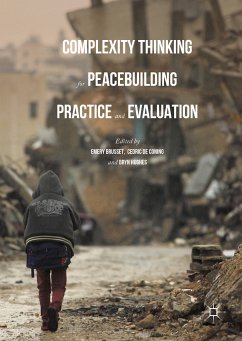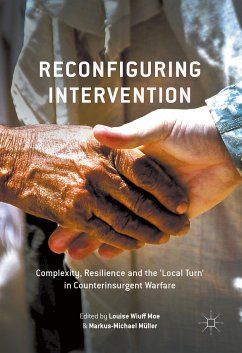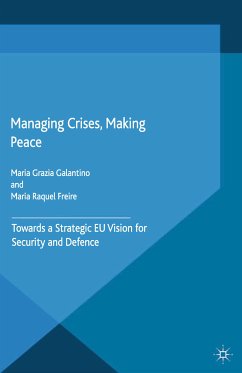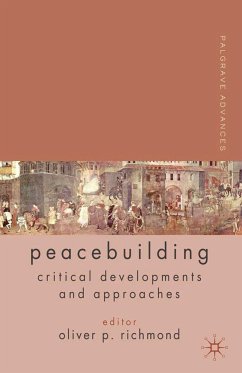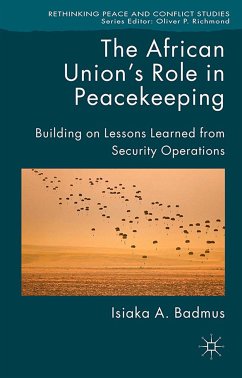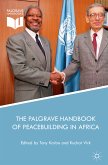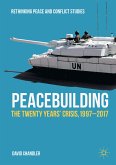Insights from Complexity Thinking for Peacebuilding Practice and Evaluation addresses the core dilemma that practitioners have to confront: how to function in situations that are fast changing and complex, when equipped with tools designed for neither? How do we reconcile the tension between the use of linear causal logic and the dynamic political transitions that interventions are meant to assist?
Readers will be given a rare opportunity to superimpose the latest conceptual innovations with the latest case study applications and from a diverse spectrum of organisational vantage points. This provides the myriad practitioners and consultants in this space with invaluable insights as to how to improve their trade craft, while ensuring policy makers and the accompanying research/academic industry have clearer guidance and innovative thinking. This edited volume provides critically innovative offerings for the audiences that make up this broad area's practitioners, researchers/academics/educators, and consultants, as well as policy makers.
Dieser Download kann aus rechtlichen Gründen nur mit Rechnungsadresse in A, B, BG, CY, CZ, D, DK, EW, E, FIN, F, GR, HR, H, IRL, I, LT, L, LR, M, NL, PL, P, R, S, SLO, SK ausgeliefert werden.

